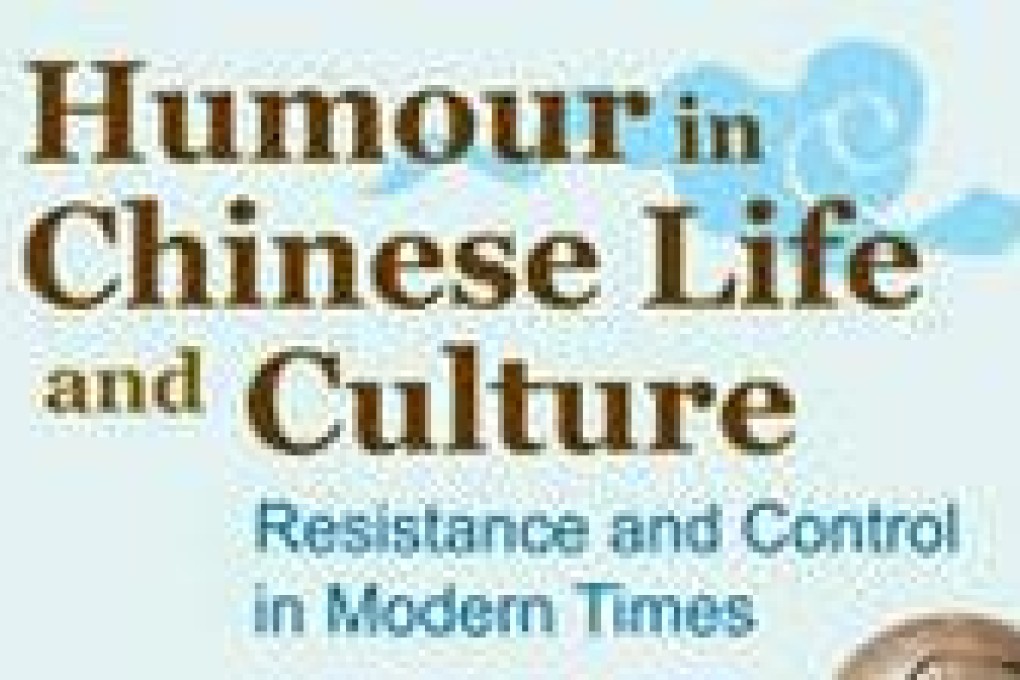Book review: Humour in Chinese Life and Culture
The contributors to this volume of 10 essays set themselves a daunting task: to analyse the vagaries of humour in all its configurations as an expression of culture.

edited by Jessica Milner Davis and Jocelyn Chey
HK University Press
3 stars
The contributors to this volume of 10 essays set themselves a daunting task: to analyse the vagaries of humour in all its configurations as an expression of culture. As editors Jessica Milner Davis - who wrote the overview - and Jocelyn Chey note, "the modern use of the term 'humour' in China is connected with the concept of the individual".
A common thread from the editors' perspective is that humour in the Chinese context is a modernising cultural construct. Humour - satirical or slapstick or any variations in between - may be amusing or hurtful, but expresses a need to address conformity or orthodoxy.
A particular delight is an essay on Canto-pop songs and rhymes (comic rhymed speech) in Cantonese opera. The phenomenon reflected the transitional nature of the 1960s generation, many of whom had fled the mainland to seek a better life in the colony and helped to forge a Hong Kong identity through song and music.
Several of the essays take a discerning look at visual humour, the biting but subtle illustrations and cartoons that make observations on contemporary culture.
One essay explores the impact of Japanese political cartoons on China and Chinese political cartoons on the Japanese during the late to early 20th century. This is a complex subject reflecting the uneasy nature of Sino-Japanese relations during this troubled period.
